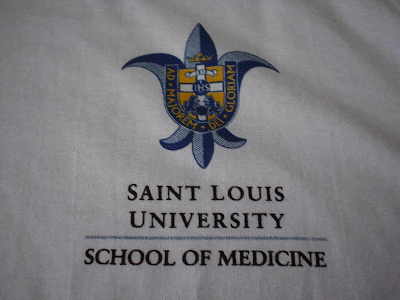Ethylene Glycol Toxicity

A 38-year-old man presented to the emergency department after reportedly ingesting antifreeze. He appeared to be intoxicated and was agitated and combative; chemical sedation was induced. Initial laboratory studies revealed a pH of 7.0, an anion gap of 22 mmol per liter, and an osmolar gap of 79 mOsm. It was noted that the patient's urine fluoresced under ultraviolet light (in the basin on the left), as compared with a negative control (in the basin on the right), which shows the purple reflection of the ultraviolet light (arrow). The patient received fomepizole, thiamine, folate, pyridoxine, and bicarbonate; he subsequently underwent hemodialysis. Laboratory studies revealed that his ethylene glycol level had been 222 mg per deciliter when the treatment began. His recovery was uneventful.
Fluorescein is a fluorescent dye added to antifreeze preparations to aid in the detection of radiator leaks. In addition to the history and elevated osmolar and anion gaps, the fluorescence of urine under ultraviolet light may aid in the early identification of ethylene glycol poisoning. False negative and false positive results may occur. For example, many containers, such as urine collection bags, may be characterized by native fluorescence.
Fluorescein is a fluorescent dye added to antifreeze preparations to aid in the detection of radiator leaks. In addition to the history and elevated osmolar and anion gaps, the fluorescence of urine under ultraviolet light may aid in the early identification of ethylene glycol poisoning. False negative and false positive results may occur. For example, many containers, such as urine collection bags, may be characterized by native fluorescence.
NEJM 356;6
February 8, 2007


